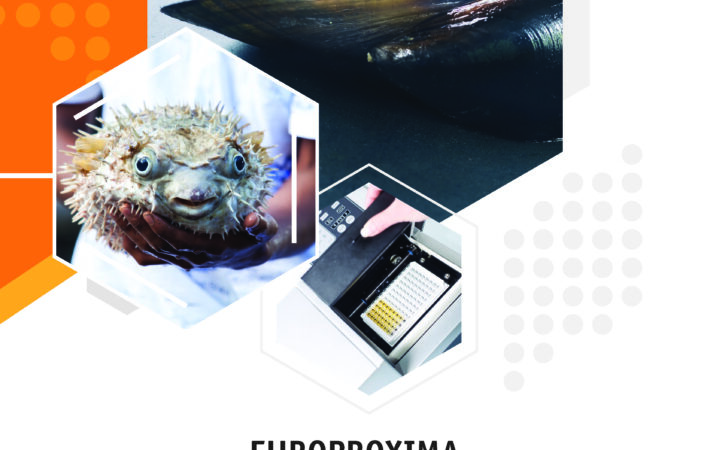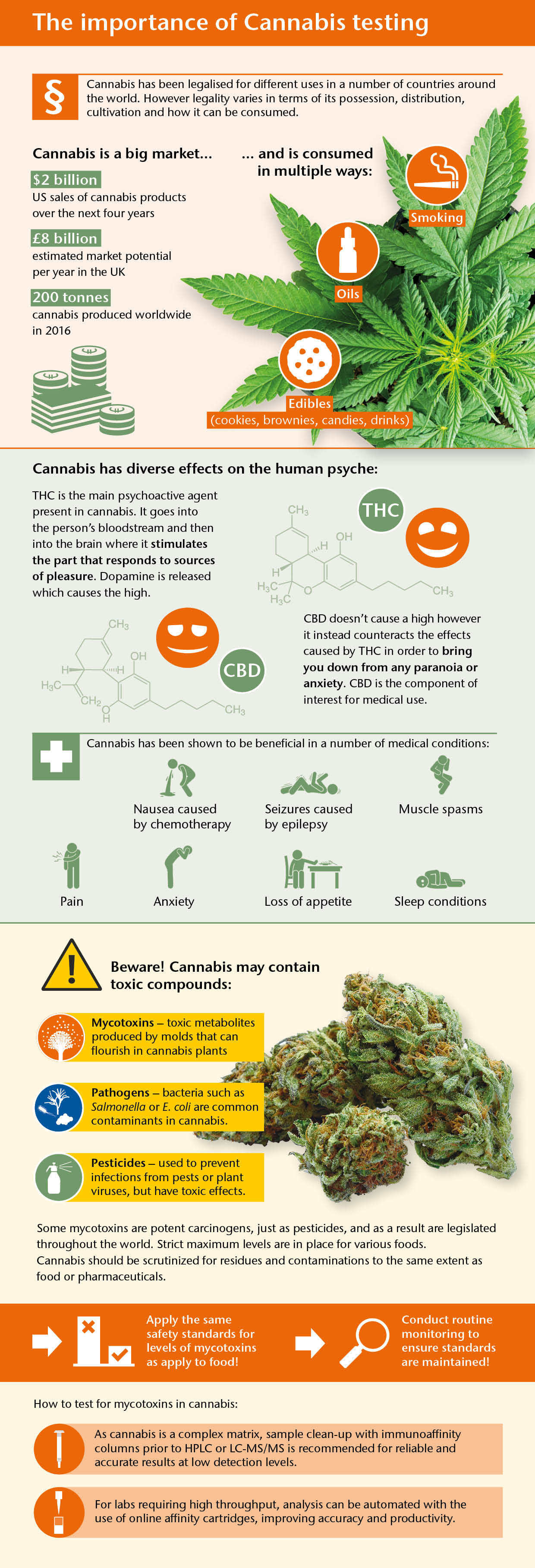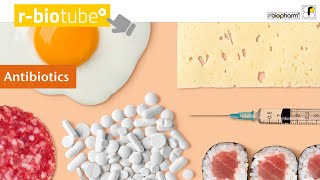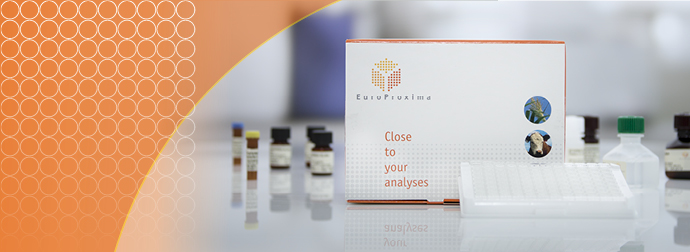
Residues and contaminants
Detection of antibiotic, hormone and anabolic residues in food
Residues and contaminants: Monitoring and analysis
Importance of monitoring residues and contaminants
When food-producing animals are treated with antibiotics, hormones, or anabolics, drug residues can remain in the animal’s meat and milk, posing health risks to consumers. “Residues are the remains of substances which are intentionally used during the production of foods” (Source: BFR). These include veterinary drugs and pesticides. To protect consumers, many countries have established maximum residue limits (MRLs) and monitoring programs.
Analytical solutions for residue detection
Our product portfolio includes various test systems for detecting hormones, anabolics, antibiotics, and other drug residues in different matrices. These systems include:
- Enzyme immunoassays (ELISAs)
- Microbial inhibition tests
- Immunoaffinity columns
Categories of residues and contaminants
Antibiotics
Antibiotics are naturally occurring metabolites derived from fungi or bacteria. They can also be produced through modern biotechnology and chemical synthesis. Antibiotics kill microorganisms or inhibit their growth and are used in human and veterinary medicine to treat bacterial diseases.
Hormones and anabolics
Residues of hormones and anabolic steroids in foods such as meat and milk pose potential health risks to consumers. Hormones are endogenous biochemical messengers transported through the bloodstream to target organs. Synthetic steroids and beta-agonists are used in livestock breeding to improve average weight gain and the meat/fat ratio.
Other veterinary drugs
In addition to antibiotics and anabolics, animals may be treated with other veterinary drugs, leading to residues in food. These drugs include:
- Fungicides: Used to kill or inhibit fungi.
- Anthelmintics: Used to treat infections with parasitic worms.
- Corticosteroids: Synthetic steroid hormones supporting various physiological functions.
- Tranquilizers: Used to prevent transport illness and stress syndrome in pigs.
- Coccidiostats: Used to treat or prevent the parasitic disease coccidiosis.
Chemical contaminants
Chemical contamination of food is a health concern and can result from various sources, including migration from packaging materials. For example, bisphenol A (BPA), used in the production of polycarbonate plastics, can migrate into foods from plastic bottles or packaging. EU legislation has defined a specific migration limit (SML) for BPA to address this issue.
Key benefits of residue and contaminant monitoring
- Consumer protection: Ensures food products are safe for consumption by detecting and quantifying residues and contaminants.
- Regulatory compliance: Helps manufacturers comply with MRLs and other food safety regulations, preventing legal and economic repercussions.
- Quality assurance: Maintains the integrity and safety of food products by preventing the distribution of contaminated items.
- Advanced detection methods: Utilizes reliable and efficient analytical platforms for the accurate monitoring of various residues and contaminants in food products.
Conclusion
Monitoring residues and contaminants is essential for protecting consumer health, ensuring regulatory compliance, and maintaining the quality of food products. By employing advanced detection methods, manufacturers can accurately identify and quantify harmful substances, ensuring the safety of their products. This proactive approach supports robust quality control processes, upholds food safety standards, and fosters consumer trust in food products.









